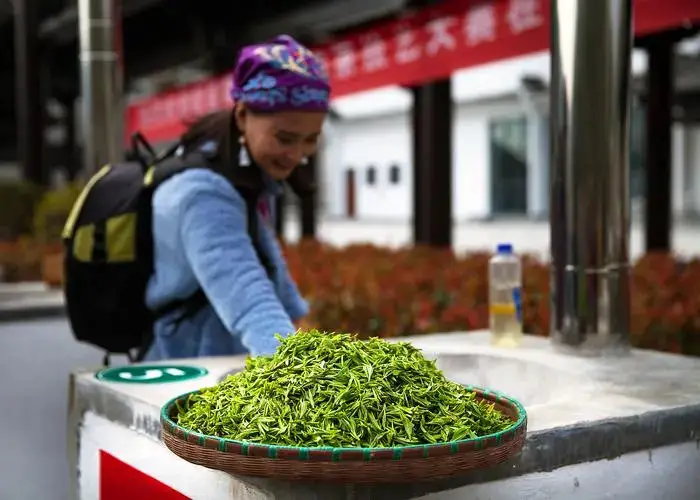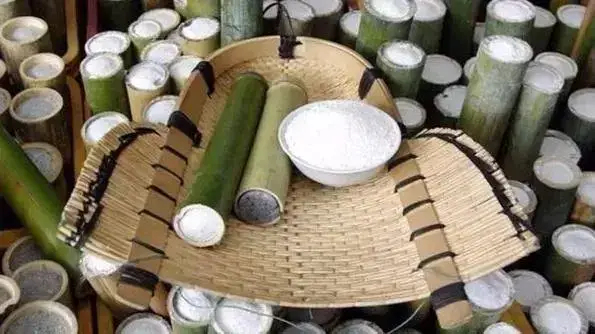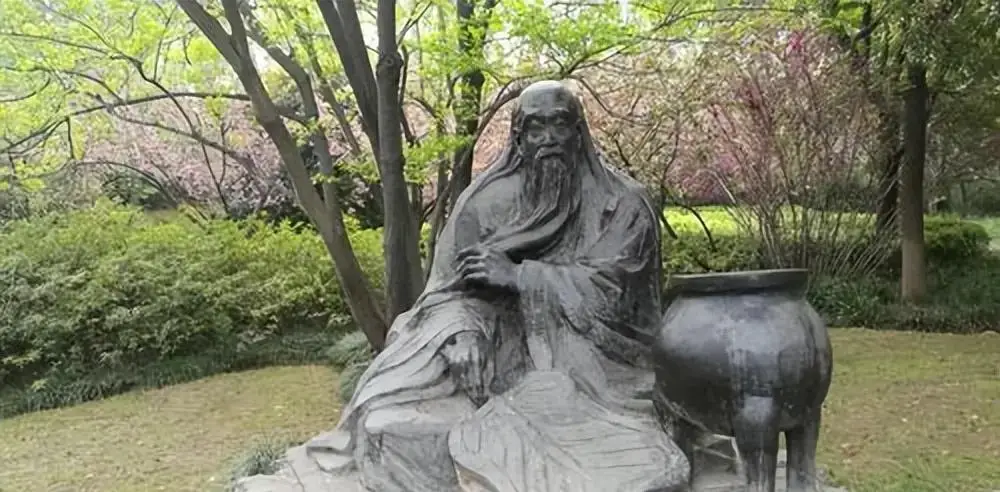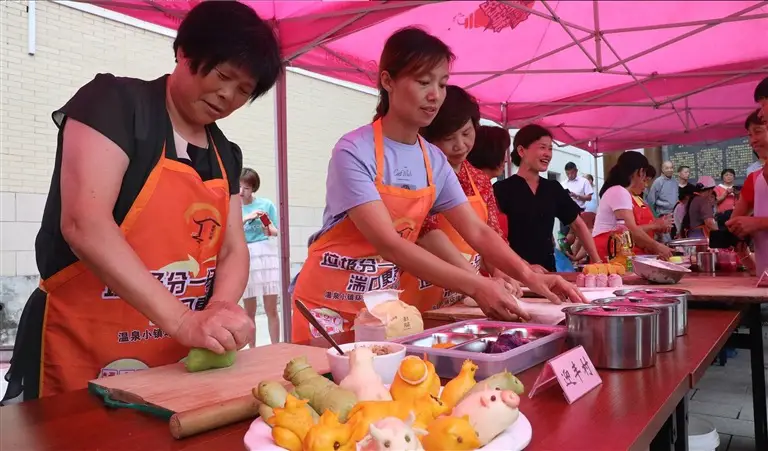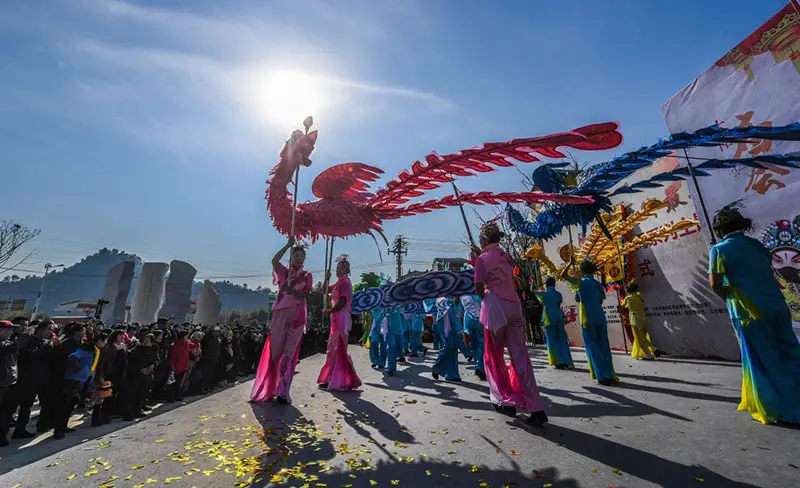intangible cultural heritage china
China has a diverse array of intangible cultural heritage, encompassing various traditional arts, crafts, and festive activities. Here are some famous examples of Chinese intangible cultural heritage:
Kunqu Opera: Kunqu Opera is one of the oldest traditional Chinese opera forms and is considered a treasure of Chinese traditional cultural arts, often referred to as the “ancestor of hundred operas.”
Guqin Art: Guqin, one of China’s oldest plucked string instruments, has a long history and produces deep, rich tones capable of expressing a wide range of emotions. Guqin art is a treasure of traditional Chinese music.
Xinjiang Uyghur Muqam Art: Muqam is a large-scale comprehensive art form combining singing, poetry, music, dance, recitation, and instrumental performance, representing the wisdom and artistry of the Uyghur people.
Mongolian Long Song: Long song is a unique singing form with distinct nomadic and regional cultural characteristics, narrating the Mongolian people’s insights into historical culture, customs, morality, philosophy, and art using the language unique to the grasslands.
Traditional Chinese Silk Weaving Technique: Silk weaving is a traditional industry in China known for its exquisite craftsmanship and high-quality products, beloved by people worldwide.
Additionally, there are other examples such as Nanyin, Nanjing Yunjin Brocade Weaving Technique, Xuan Paper Traditional Production Technique, Dong Ethnic Group’s Big Song, Cantonese Opera, Gesar Epic, Longquan Celadon Traditional Firing Technique, Regong Art, Tibetan Opera, Epic of Manas, Hua’er (a type of folk song), Xi’an Drum Music, Chinese Korean Agricultural Music and Dance, Chinese Calligraphy, Chinese Seal Engraving, Chinese Paper Cutting, Traditional Chinese Wooden Structure Construction Techniques, Dragon Boat Festival, Mazu Customs, and Chinese Woodblock Printing Technique, all of which are important intangible cultural heritage in China.
These intangible cultural heritages not only represent China’s traditional culture and art but also reflect the wisdom and creativity of the Chinese people. Protecting and inheriting these intangible cultural heritages is of great significance for promoting Chinese culture, enhancing national confidence, and fostering a sense of identity.
Moreover, each region in China has its own unique intangible cultural heritage. For example, Ma Xiao Rolling Lanterns are a unique folk art performance in Lin’an District, Hangzhou City, Zhejiang Province, praised as a rare flower of Jiangnan folk dance. It not only represents unique cultural information and symbols of western Zhejiang folk customs but also provides valuable materials for studying the economic and political development of western Zhejiang. This art form was included in the Zhejiang Intangible Cultural Heritage List in 2009, receiving better protection and inheritance.
